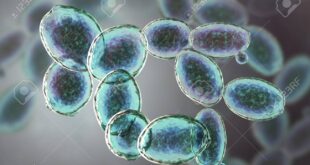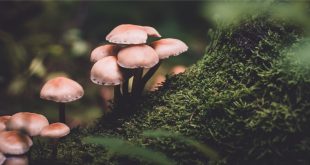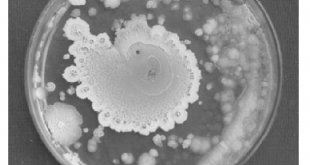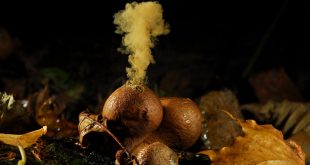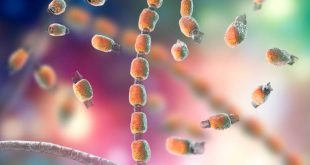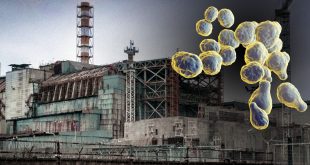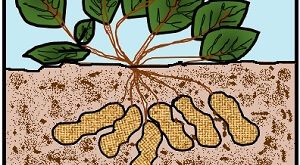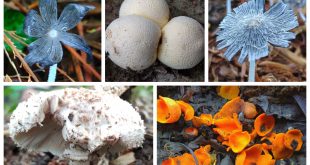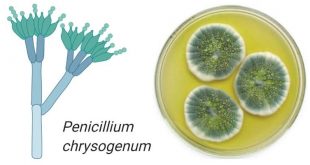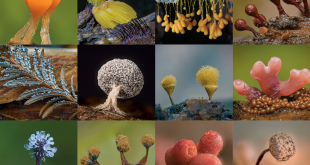Fungi are considered to be one of the most interesting sets of organisms. Some fulfills the basic necessities such as food, medicine, industrial raw materials and some succumbs the living entities to death.According to legend, three and a half millennia ago, the Greek hero Perseus accidentally assassinated his grandfather Acrisius, …
Read More »Fungi: Importance in Economy
Fungi (singular: fungus) are a kingdom of generally multicellular eukaryotic creatures that are heterotrophic (cannot produce their food) and play essential roles in ecosystem nutrient cycling. Fungi are a diverse group of creatures that can be found in almost any ecological niche. Fungi number around 1.5 million species. Only roughly …
Read More »Microbiology: An Introduction to Its Range of Scopes
Microbiology is a study that studies a biologically varied group of usually small life forms, primarily bacteria and viruses. More than simply bacterial species were included in the diversity of microorganisms by the end of the classical Golden Age of microbiology. Other fields, in addition to bacteriology and virology, were …
Read More »Fungi: Sexual Reproduction
Fungi are microscopic/macroscopic eukaryotic and heterotrophic organisms exhibiting growth on various natural and synthetic substrates and are capable of continuing their function almost indefinitely. Unlike other microorganisms such as algae, fungi lack the chlorophyll necessary for photosynthesis and must therefore live as parasites or saprobes. About 80 000 to 1,20,000 …
Read More »Fungi: Asexual Reproduction & Reproductive Structures
The fungi constitute a group of living organisms devoid of chlorophyll. They resemble simple plants in that, with few exceptions, they have definite cell walls, they are usually nonmotile, although they may have motile reproductive cells, and they reproduce by means of spores. A spore (Gr. spora = seed, spore) …
Read More »Chernobyl, Covid-19 and Black Fungus
In the year 1986, a horrifying incident took place. It killed many instantly (who were very close to the nuclear reactor). As well as kept on affecting several many living beings including plants, wild and domestic animals. The extreme radioactive environment affected the people whoever was still living in that …
Read More »Groundnut: Tikka disease
The most well-known leaf spot disease is that of Arachis hypogea L. (groundnut). Generally, so it is called the tikka disease. The tikka disease is a dangerous disease in areas where the groundnut crop is grown in India. The spots take place on the host leaves when the plants are …
Read More »Fungi: A Kingdom of Achlorophyllous Eukaryotes
Fungi {sing. fungus (L.) = sphongos (Gr.) – sponge} are a kingdom of usually multicellular, eucaryotic, spore-producing, achlorophyllous organisms with absorptive nutrition that generally reproduce both sexually and asexually and whose usually filamentous, branched somatic structures, known as hyphae, typically are surrounded by cell walls. Currently, over 1.5 million species …
Read More »Importance of Fungi: Medicine, Agriculture & Industry
We usually think of fungi as organisms that cause diseases and rot food. But fungi are important to human life in many ways. The manifestations of this group of organisms have been known for thousands of years. Since the first toast was proposed over a shell full of wine and …
Read More »Slime Molds: The Most Charismatic and Clever Single Cell You’ll Meet Today!
Slime mold or slime mould is an informal name given to several kinds of unrelated eukaryotic organisms that can live freely as single cells, but can aggregate together to form multicellular reproductive structures. Slime molds were formerly classified as fungi but are no longer considered part of that kingdom. Although not forming …
Read More » Plantlet The Blogging Platform of Department of Botany, University of Dhaka
Plantlet The Blogging Platform of Department of Botany, University of Dhaka
